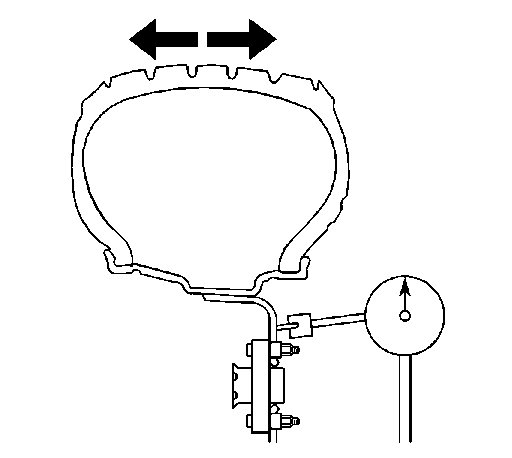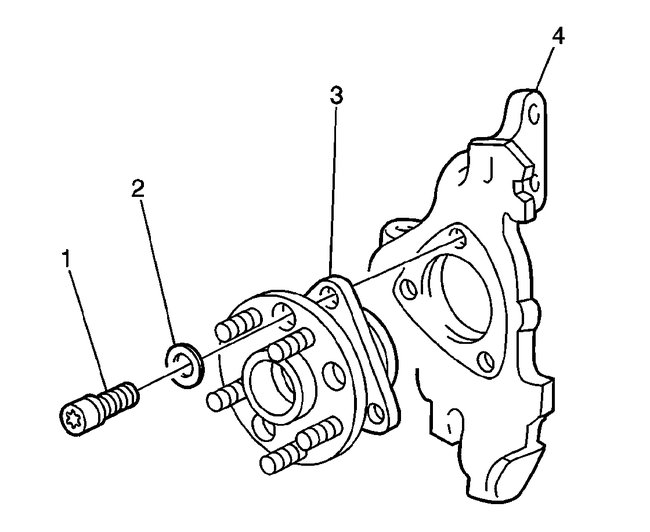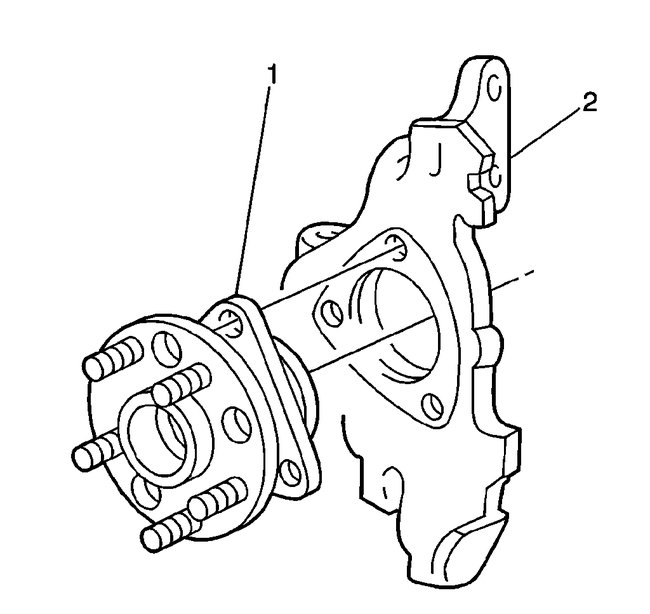Hi and thanks for using 2CarPros.
Since you feel it more when turning left, then chances are the problem is on the right side of the vehicle. When turning left, more of the vehicle's weight is applied to the right side.
Check the condition of the tire to make sure there are no flat spots or shifted belts.
Here is a link that shows abnormal wear conditions:
https://www.2carpros.com/articles/how-car-tires-work
If the tire is good, you may want to have tire balance and make sure you do not have a bent rim.
Last, safely lift one wheel at a time (front) off the ground. Place your hands at 3 and 9 o'clock on the tire and wiggle the wheel back and forth to see if there is play. Do the same with your hands at 6 and 12 o'clock. If you find play, inspect tie rods, ball joints, and wheel hub bearing for play. I will tell you that often times a bad wheel/hub bearing is indicated by a howling noise or vibration.
___________________________________________________
Here are the specific directions for testing for a bad wheel bearing:
Wheel Bearings Diagnosis
Tools Required
- J 8001 Dial Indicator
This procedure describes how to inspect the wheel bearing/hub for excessive looseness. If you are inspecting the wheel bearing/hub for excessive runout, refer to Hub/Axle Flange and Wheel Stud Runout Inspection.
1. Raise and support the vehicle.
Important: If you are inspecting the FRONT wheel bearing/hub, support the front of the vehicle by the lower control arms in order to load the lower ball joint.
2. Mount and secure the J 8001 to a stand.
3. Ensure that the J 8001 contacts the vertical surface of the wheel as close as possible to the top wheel stud.
4. Push and pull on the TOP of the tire.
5. Inspect the total movement indicated by the J 8001.
6. If the measurement exceeds 0.127 mm (0.005 inch), replace the wheel bearing/hub.
________________________________________________________
If you find the play is in a tie rod, here is a link that shows how one is replaced.
https://www.2carpros.com/articles/tie-rod-end-replacement
If you find the bearing is the issue, here are directions for replacement.
_______________________________________________________
FRONT SUSPENSION
WHEEL BEARING/HUB REPLACEMENT - FRONT
REMOVAL PROCEDURE
1. Raise the vehicle on a hoist. Refer to Vehicle Lifting.
2. Remove the tire and wheel assemblies.
3. Remove the drive axle nut.
4. Remove the brake rotor
5. Remove the mounting bolts (1) from the hub and bearing assembly (3).
6. Remove the hub and bearing assembly (1) from the steering knuckle (2) and drive axle shaft.
INSTALLATION PROCEDURE
1. Install the hub and bearing assembly (1) into the steering knuckle (2) and drive axle shaft.
2. Install the hub bearing mounting bolts (1).
NOTE: Refer to Fastener Notice in Service Precautions.
Tighten
Tighten the bolts to 95 N.m (70 lb ft).
3. Install the drive axle shaft nut.
Tighten
Tighten the drive axle shaft nut to 200 N.m (148 lb ft).
4. Install the brake rotor.
5. Install the tire and wheel assemblies.
6. Inspect the front wheel alignment.
_____________________________________
Let me know if this helps or if you have other questions.
Joe
Images (Click to make bigger)
SPONSORED LINKS
Wednesday, December 12th, 2018 AT 8:49 PM







